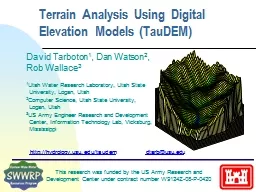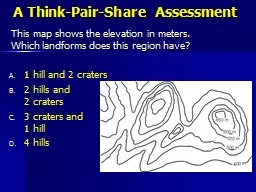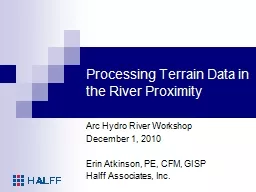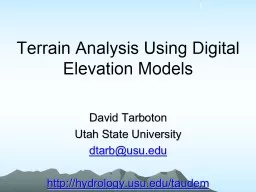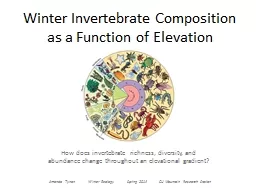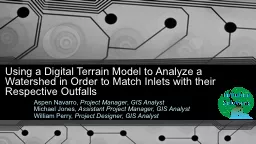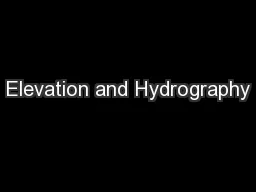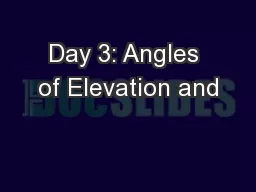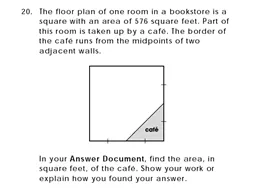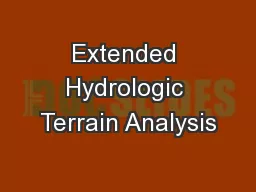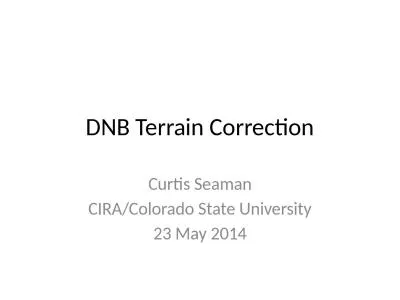PPT-Terrain Analysis Using Digital Elevation Models (
Author : luanne-stotts | Published Date : 2016-03-17
TauDEM David Tarboton 1 Dan Watson 2 Rob Wallace 3 1 Utah Water Research Laboratory Utah State University Logan Utah 2 Computer Science Utah State University
Presentation Embed Code
Download Presentation
Download Presentation The PPT/PDF document "Terrain Analysis Using Digital Elevation..." is the property of its rightful owner. Permission is granted to download and print the materials on this website for personal, non-commercial use only, and to display it on your personal computer provided you do not modify the materials and that you retain all copyright notices contained in the materials. By downloading content from our website, you accept the terms of this agreement.
Terrain Analysis Using Digital Elevation Models (: Transcript
Download Rules Of Document
"Terrain Analysis Using Digital Elevation Models ("The content belongs to its owner. You may download and print it for personal use, without modification, and keep all copyright notices. By downloading, you agree to these terms.
Related Documents

